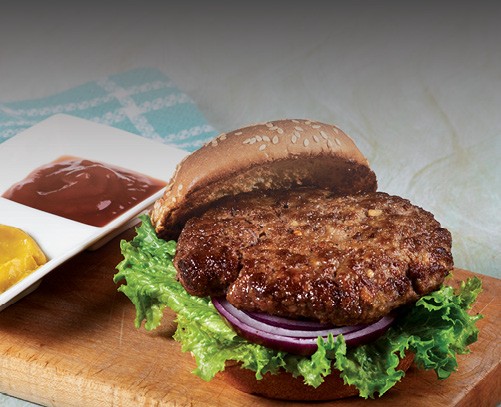By DaVita dietitian Jackie Termont, RD
What is potassium?
Potassium is a mineral that controls nerve and muscle function in the body. It helps the heart beat at a normal rhythm, and helps balance fluid, electrolytes and pH level. In order for potassium to do these things, potassium blood levels should range between 3.5 and 5.5 mEq/L.
How are potassium and kidney disease related?

High potassium (hyperkalemia)
Healthy kidneys remove extra potassium in the urine to help keep potassium levels normal. When kidneys fail, they can no longer remove excess potassium. This causes a buildup of potassium in the body. High potassium in the blood is called hyperkalemia, which may happen to people with advanced stages of chronic kidney disease (CKD). Symptoms of hyperkalemia are nausea, weakness, numbness and slow pulse.
People with stage 5 CKD (also known as end stage kidney disease or ESKD) need dialysis to help control potassium. However, since potassium levels rise between dialysis treatments, people on dialysis may need to limit potassium in their diet and consider other factors that may increase their potassium level.
Ask your care team to check your potassium levels regularly and talk to your renal dietitian or doctor about your results.

High potassium (hyperkalemia)
Healthy kidneys remove extra potassium in the urine to help keep potassium levels normal. When kidneys fail, they can no longer remove excess potassium. This causes a buildup of potassium in the body. High potassium in the blood is called hyperkalemia, which may happen to people with advanced stages of chronic kidney disease (CKD). Symptoms of hyperkalemia are nausea, weakness, numbness and slow pulse.
I have CKD. How can I keep my potassium at safe levels?
- Talk to your renal dietitian about creating an eating plan.
- Be aware of high-potassium foods, so you can make informed choices when planning meals.
- Also be aware that milk, milk products and some nondairy substitutes may have higher potassium levels.
- Drain and rinse canned fruits and vegetables to reduce their potassium (and sodium).
- Avoid salt substitutes and other seasonings with potassium.
- Read the ingredients list on packaged foods and avoid potassium additives.
- Pay attention to serving size.
- Do not skip dialysis or shorten treatment times.
- Double boil high-potassium vegetables to remove some of the potassium.
To learn how, watch our "How to Lower Potassium in Potatoes" video.
High-potassium vs. Low-potassium Foods
Plant-based foods such as fruits and vegetables vary in potassium content. These foods contain fiber, vitamins and minerals that help support a healthy body. Understanding how to balance your meals means knowing which foods are high or low in potassium. Your kidney dietitian can help you learn ways to include some high-potassium foods in your diet. Also ask your dietitian about the amount of low-potassium foods you can safely eat.
Use the table below to learn which foods have higher amounts of potassium and those that are lower in potassium. Any of these foods can fit into a healthy kidney-friendly diet, so there’s no need to completely cut out a healthy high-potassium food you may enjoy.
Looking at ingredient lists on packaged foods can tell you if they have potassium additives — look for a pair of words that contain “potassium,” such as “potassium chloride.” Potassium additives can increase the potassium content in foods. When you eat plant-based foods such as fruits, vegetables, beans or nuts, your body will typically absorb 50 to 60% of the potassium in those foods.
High-potassium and Low-potassium Food Guide
| FOOD TYPE | HIGH-POTASSIUM FOODS | LOW-POTASSIUM FOODS |
|---|---|---|
| Fruits |
|
|
| Vegetables |
|
|
| Dairy and Nondairy Substitutes |
|
|
| Miscellaneous |
|
|
Other Potassium Considerations
High potassium in your blood test results does not always mean you are eating too much potassium. Talk with your care team if you have consistently high blood sugar, constipation, gastrointestinal bleed or about types of medications you take. If you are on dialysis, be sure you are asking about your blood clearance test.
Get help with a low-potassium diet from DaVita.com
DaVita.com’s Diet & Nutrition section has free tools and resources to help you stick to a kidney-friendly diet. Search for tasty, low-potassium recipes and save your favorites. Here are a few to help you get started:
You can also use the Food Analyzer tool to look up nutrient information (such as potassium and phosphorus) for thousands of foods.
This article is for informational purposes only and is not a substitute for medical advice or treatment. Consult your physician regarding your specific diagnosis, treatment, diet and health questions

